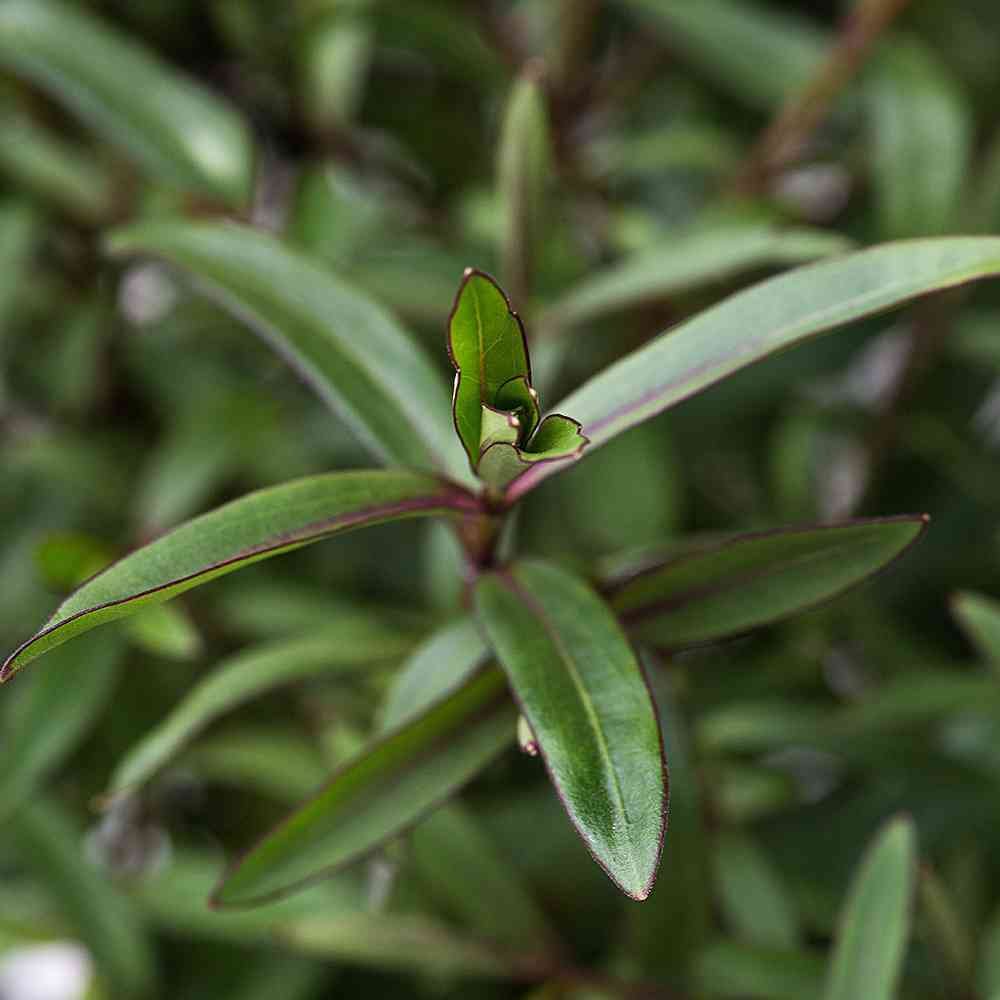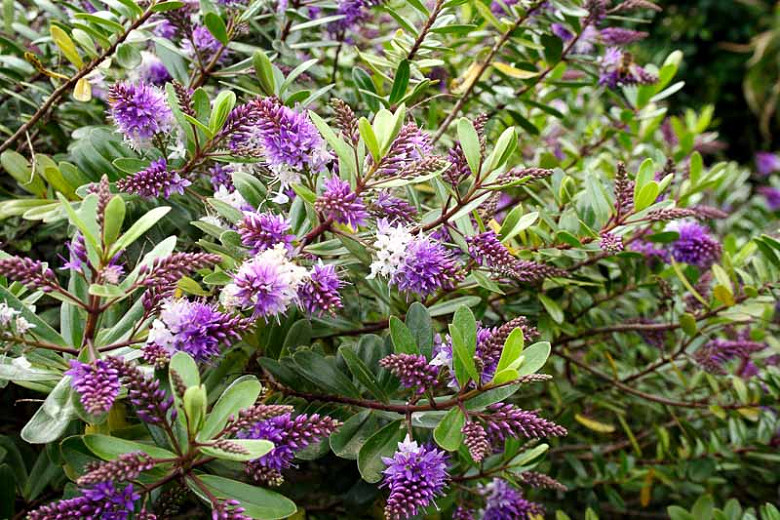Purple Hebe: The Eyecatching Plant That Will Add Color To Your Garden
Purple Hebe: The Eye-Catching Plant That Will Add Color to Your Garden
If you're looking for an eye-catching plant to add color to your garden, purple hebe is a great option. These evergreen shrubs are native to New Zealand and come in a variety of colors, including purple, blue, pink, and white. They're also relatively easy to care for, making them a good choice for even beginner gardeners.
In this blog post, we'll take a closer look at purple hebe, including its history, different varieties, care requirements, and potential benefits. We'll also provide some tips on how to plant and care for purple hebe in your own garden.
History of Purple Hebe
The genus Hebe was first described by botanist Richard Thomas Lowe in 1838. The name Hebe comes from the Greek goddess of youth, who was often depicted carrying a cup of nectar. Purple hebe is one of the most popular species of Hebe, and it's thought to have originated in New Zealand.
Purple hebe was first introduced to Europe in the early 19th century, and it quickly became a popular ornamental plant. It was first introduced to the United States in the late 19th century, and it's now grown in gardens all over the world.
Different Varieties of Purple Hebe
There are many different varieties of purple hebe, each with its own unique characteristics. Some of the most popular varieties include:
- Hebe 'Patty's Purple' is a compact shrub with deep green leaves and lavender-purple flowers. It grows to about 2 feet tall and wide.
- Hebe 'Purple Queen' is a larger shrub with dark green leaves and purple flowers. It grows to about 3 feet tall and wide.
- Hebe 'Purple Shamrock' is a variegated shrub with olive-green and creamy-yellow leaves. It grows to about 2 feet tall and wide.
- Hebe 'Silver Queen' is a white-flowering variety with silvery-green leaves. It grows to about 2 feet tall and wide.
Care Requirements
Purple hebe is relatively easy to care for. It prefers full sun to partial shade and well-drained soil. It's drought-tolerant once established, but it should be watered regularly during the first year after planting. Purple hebe is also relatively pest- and disease-free.
Potential Benefits of Purple Hebe
In addition to being an attractive ornamental plant, purple hebe also has a number of potential benefits. For example, it can help to improve air quality by absorbing pollutants. It can also help to attract pollinators, such as bees and butterflies. Additionally, some varieties of purple hebe have been shown to have medicinal properties. For example, Hebe 'Prostrate Blue' has been used to treat a variety of ailments, including sore throats, coughs, and diarrhea.
How to Plant and Care for Purple Hebe
Purple hebe is best planted in the spring or fall. When choosing a location, select a spot that receives full sun to partial shade. The soil should be well-drained. If your soil is heavy clay, you may need to add some sand or compost to improve drainage.
Dig a hole that is twice as wide and deep as the root ball of the purple hebe plant. Place the plant in the hole and backfill with soil, tamping down firmly. Water the plant well.
Purple hebe does not require a lot of fertilizer. A light application of a balanced fertilizer in the spring will help to promote new growth.
Prune purple hebe in the spring to remove any dead or damaged branches. You can also prune to shape the plant.
With proper care, purple hebe will thrive for many years in your garden.
Purple hebe is a beautiful evergreen shrub that is native to New Zealand. It is known for its small, dark green leaves and its spikes of lavender-purple flowers. Purple hebe is a versatile plant that can be grown in a variety of conditions. It is tolerant of full sun or partial shade and can grow in most well-drained soils. Purple hebe is also relatively low-maintenance, requiring only occasional watering and pruning.
If you are looking for a beautiful and easy-to-care-for shrub, purple hebe is a great option. For more information about purple hebe, please visit Garden Wiki.
FAQ of purple hebe
- What are the benefits of growing purple hebe?
Purple hebe is a low-maintenance, easy-to-grow shrub that is known for its long flowering season. It can bloom from spring to fall, and its flowers attract bees and other beneficial insects. Purple hebe is also drought-tolerant and can withstand coastal conditions.
- What are the best growing conditions for purple hebe?
Purple hebe prefers full sun and well-drained soil. It can tolerate sandy or clay soils, but it is important to make sure that the soil is free of standing water. Purple hebe is hardy in USDA zones 7-9, but it can be grown in colder zones if it is protected from frost.
- How do I water purple hebe?
Purple hebe should be watered regularly, especially during the first year after planting. Once the plant is established, it can tolerate some drought. However, it is important to water the plant deeply during hot, dry weather.
- How do I fertilize purple hebe?
Purple hebe should be fertilized once a month during the growing season with a balanced fertilizer. A slow-release fertilizer is a good option, as it will provide nutrients to the plant over a longer period of time.
- How do I prune purple hebe?
Purple hebe can be pruned in early spring or fall. To prune, simply remove any dead, diseased, or damaged branches. You can also trim the plant to keep it in shape.
Image of purple hebe
5 different images of "purple hebe" from pinterest.com:




Post a Comment for "Purple Hebe: The Eyecatching Plant That Will Add Color To Your Garden"